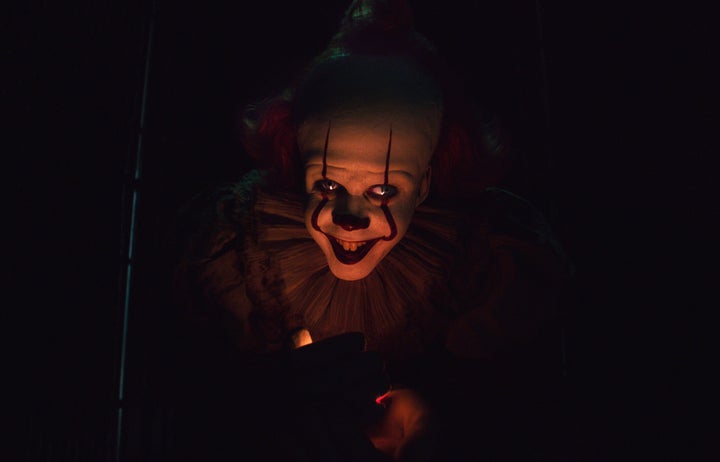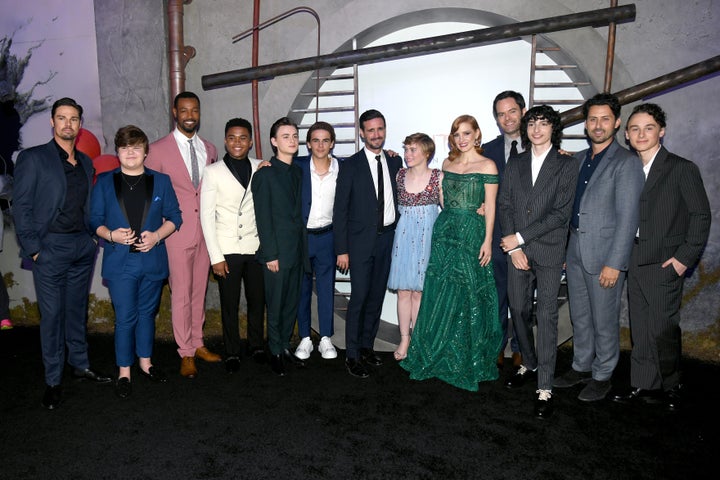If you wait until the end of It: Chapter Two, all you’re going to find is a blank screen and an empty theatre. There are no post-credit scenes.
“Post-credit scenes à la Marvel normally have a very distinct function, which is tease people about a future movie,” Andy Muschietti, the director of It: Chapter Two told HuffPost. “But yeah, this is, like, the idea that this is over.”
Thanks to the influence of the Marvel Cinematic Universe, starting with 2008’s Iron Man, after-credit scenes have basically become ubiquitous among blockbuster movies. Some tease future films, such as the one in Godzilla: King Of The Monsters. Others, such as in Hobbs & Shaw, seemingly just use the space to poke fun at the finale of Game Of Thrones.
The first chapter of It also goes somewhat without a post-credit scene, including just a sinister laugh from Pennywise after the credits roll. But it wasn’t always going to be that way.

“Something a lot of people probably don’t know is Chapter One did have the idea to make a post-credit scene, which was Beverly Marsh picking up the phone,” Muschietti said. “So, 27 years later, post credit, you would see a phone ringing. It’s an iPhone, so it’s impossible that it’s 1989, and a hand comes in and the camera wraps around this red-haired back of a head, and we turn around, and it’s Jessica Chastain!”
However, Barbara Muschietti, the film’s producer and Andy’s sister, said they couldn’t get the schedules together to shoot the scene with the Oscar-nominated actress for their first instalment of It, released in September 2017.
“We did all that we had to do to make sure that Jess was our Beverly, and then she was, so we got our wish,” Barbara Muschietti said of It: Chapter Two.
In the new film, Jessica is joined by James McAvoy, Bill Hader, Isaiah Mustafa, Jay Ryan, James Ransone and Andy Bean as the adult versions of the Losers’ Club, who reunite to take on Pennywise one last time.
“It was very important for me to get a cast that had physical similarities to their child-like counterparts,” Andy Muschietti said.

Finding adult actors who could resemble the child actors is one thing; having the child actors resemble their younger selves is another.
“Of all the things, we had to de-age the kids,” said the director.
“We shot the first part in 2016, and these kids were 12 and 13 years old. They’re at the age where a week difference makes their voice drop, they hit puberty, suddenly their nose sticks out and they have a mustache. So three years later, we reunite with them and they had grown, some more than others. De-aging was on the table very, very early on in the talks,” he added.
The visual effects company Lola, which has worked on everything from the MCU to Game Of Thrones, handled the de-aging process.
“It’s all about making their heads bigger. That’s the trick, that’s the proportion trick, giving them bigger melons,” Barbara Muschietti said.
A more extensive list of items to be addressed, according to Andy Muschietti, includes “bigger melon, smaller nose, rounder shoulders” and “messing up of their features a little bit”.
“I’ve seen this movie so many times. I saw Chapter One, like 300 times. So I know where the nose of [young Eddie] Jack Grazer goes. I know where his smile is in relationship with his chin. So we did a lot of work together with Lola, but it was fun,” he said.
And now the story is over, right?
“For now,” joked the director.
Wait, was he joking? Cue Pennywise laughing ...
